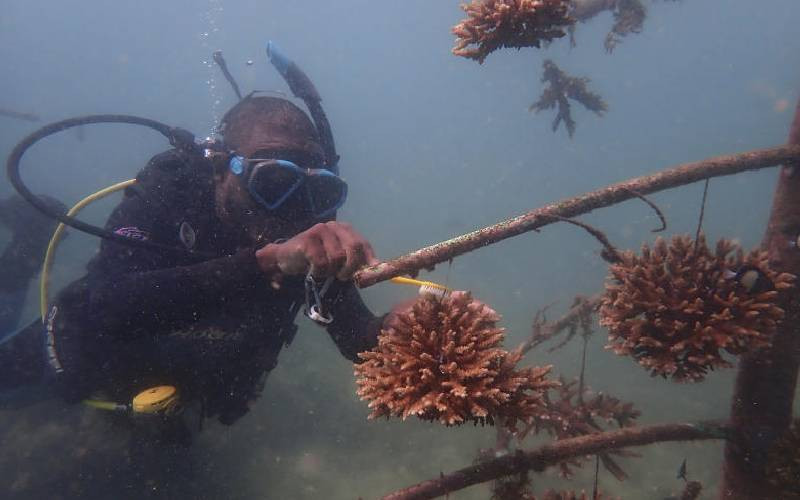
They are everywhere-perched on power lines, rummaging through piles of garbage, loitering at the entrances of roadside eateries, and hovering near fishmongers' stalls.
Their presence is ubiquitous, and their toneless, dry calls of "Hraaa! Hraaa! Wreee! Wreee!" echo from dawn to dusk.
To locals, these birds are a constant nuisance-unwelcome intruders that they grudgingly endure.
Facts First
This story continues on The Standard INSiDER. Subscribe now for unfiltered journalism that holds power to account.
Already have an account? Login
 The Standard Group Plc is a multi-media organization with investments in media
platforms spanning newspaper print
operations, television, radio broadcasting, digital and online services. The
Standard Group is recognized as a
leading multi-media house in Kenya with a key influence in matters of national
and international interest.
The Standard Group Plc is a multi-media organization with investments in media
platforms spanning newspaper print
operations, television, radio broadcasting, digital and online services. The
Standard Group is recognized as a
leading multi-media house in Kenya with a key influence in matters of national
and international interest.











